The African wild dog, or painted wolf, is the most persecuted predator on the continent. It is also the most elusive and enigmatic. However, most people are unaware of this special creature’s existence.
Here we learn more about these beautiful animals and their continued fight for survival and space in an increasingly fragmented natural environment.
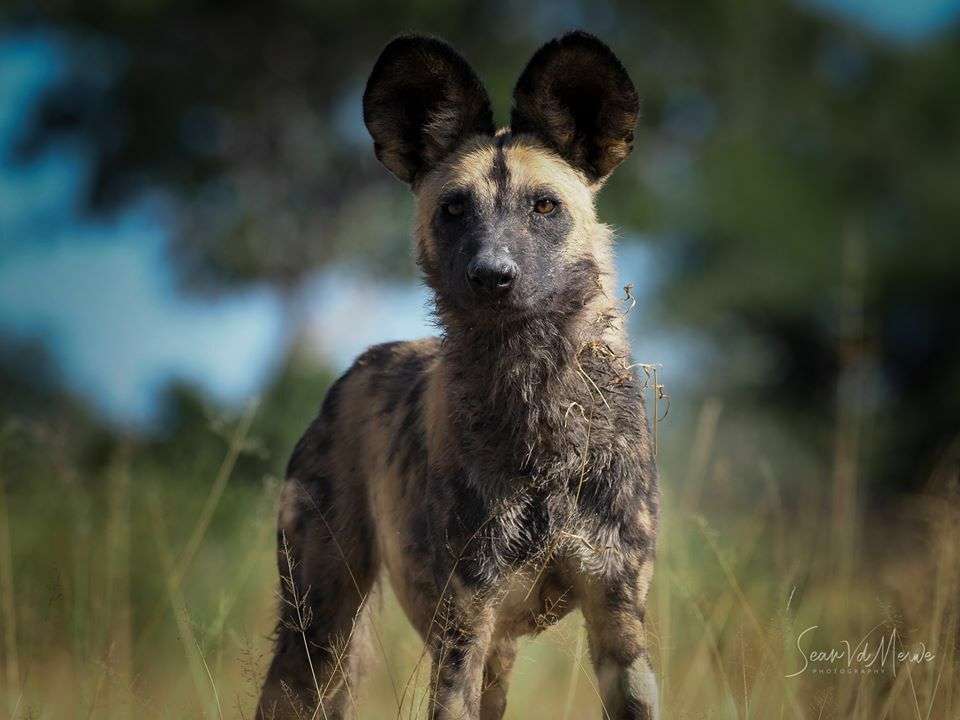
Africa’s Painted Wolves
The African wild dog is known by many names, including Cape hunting dog, African hunting dog and painted wolf. Although it is a member of the Canidae family, it is in fact the last surviving member of a separate genus – Lycaon. Its scientific name, Lycaon pictus means “painted wolf”, which refers to the animal’s irregular, mottled coat, which features red, black, brown, white, and yellow fur.
Each dog has its own unique coat pattern, with long legs, big, rounded ears and a white-tipped tail, which also helps members of the pack find each other during a hunt. It is not only their coats that make them special. They each have individual characters, distinct skills, and their own idiosyncrasies. All wild dogs share a sense of fun, a gentleness of soul and a co-operative spirit, which makes them one of Africa’s most enigmatic creatures.
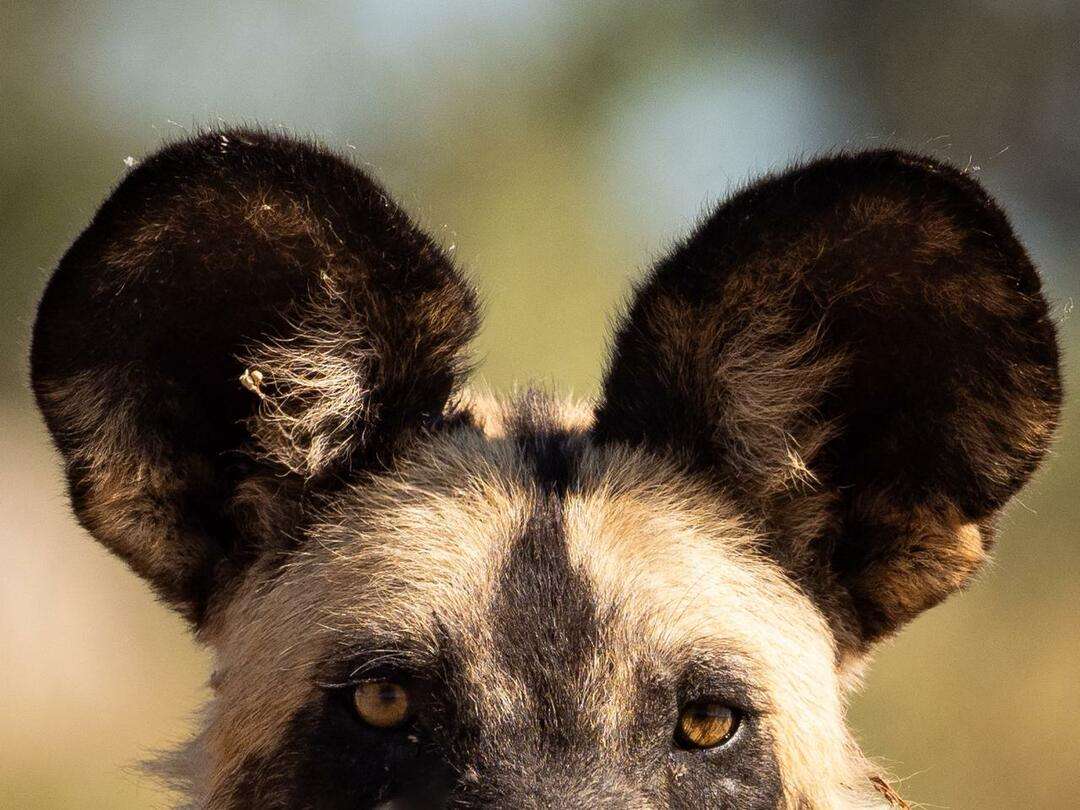
Unlike other dogs, which have five toes on their forefeet, these canines have only four toes per foot and no dew claw. Body weight of adults range from 18 to 36 kg (40 to 79 lb.). Females are slightly smaller than males. In a sprint, African wild dogs can reach speeds of more than 70 km per hour (44 mph).
Wild dogs are native to the African continent and wild populations cannot be found anywhere else on the planet. African wild dogs are generalist predators, occupying a range of habitats including short-grass plains, semi-desert, bushy savannahs, and upland forest. These painted wolves used to roam the whole of Africa. Now, the largest populations remain in southern Africa, especially northern Botswana, western Zimbabwe, eastern Namibia, and western Zambia and the southern part of East Africa, especially Tanzania and northern Mozambique.
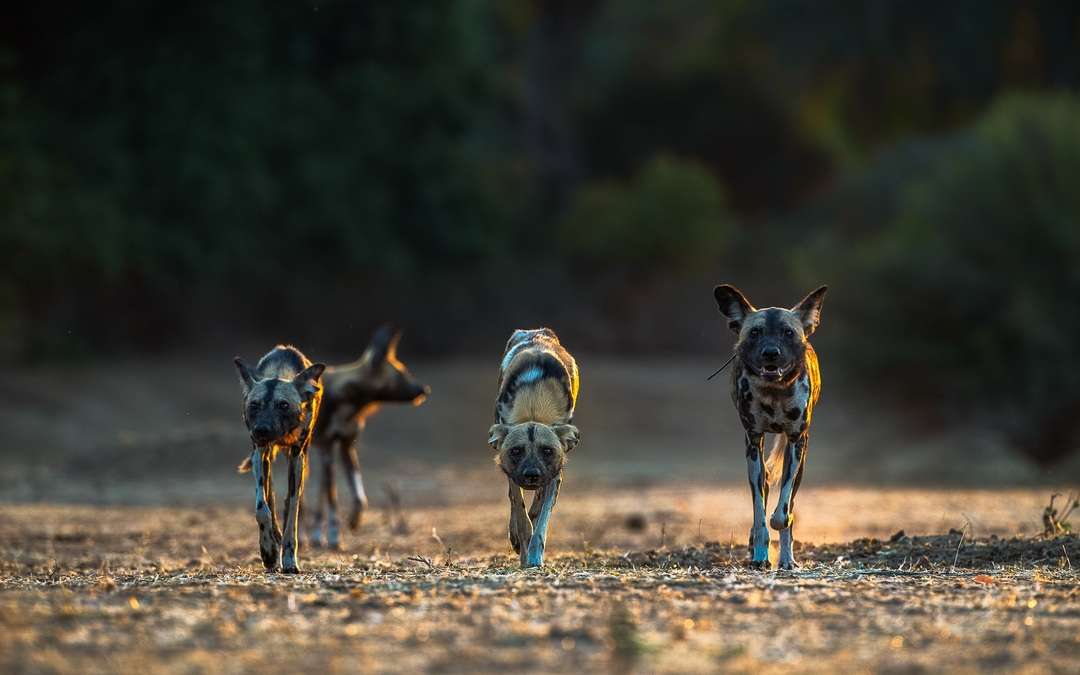
A Rich and Complex Social Life
African wild dogs are deeply social and to them, the pack is everything. These packs are usually dominated by a monogamous ‘alpha’ male and female breeding pair, with the female occupying the top slot. A single pack can comprise as few as two and up to more than 30 painted dogs, but around six is the minimum for a successful hunting and breeding group. In some parks, wild dog packs can occupy a space that spreads well beyond 1 000 square kilometres.
The alpha female chooses where her pack will build their den and excavates it with help from her pack. The female may also choose an abandoned aardvark lair for her den, making sure it is heavily disguised and will also create more than one emergency escape route. The female’s pups are also cared for by the entire pack.

These dogs have strong family bonds and spend most of their time together. Social interactions are common, and the dogs communicate by touch, actions, and vocalisations. Their priority is always to protect their pack; pups get first feed after a kill, ‘aunties’ act as pup-sitters for other mothers, and if a wild dog becomes ill or injured, their pack-mates rally round to care for them. Wild dogs have also been seen mourning lost family members.
Can You Hear Me?
The species communicates well, which relates to their strong bonds. For this purpose, they make use of thin bird-like calls and a deep haunting hoo…hoo…hoo call, distinctly different ear positions, and they also change their body posture to communicate with one another.
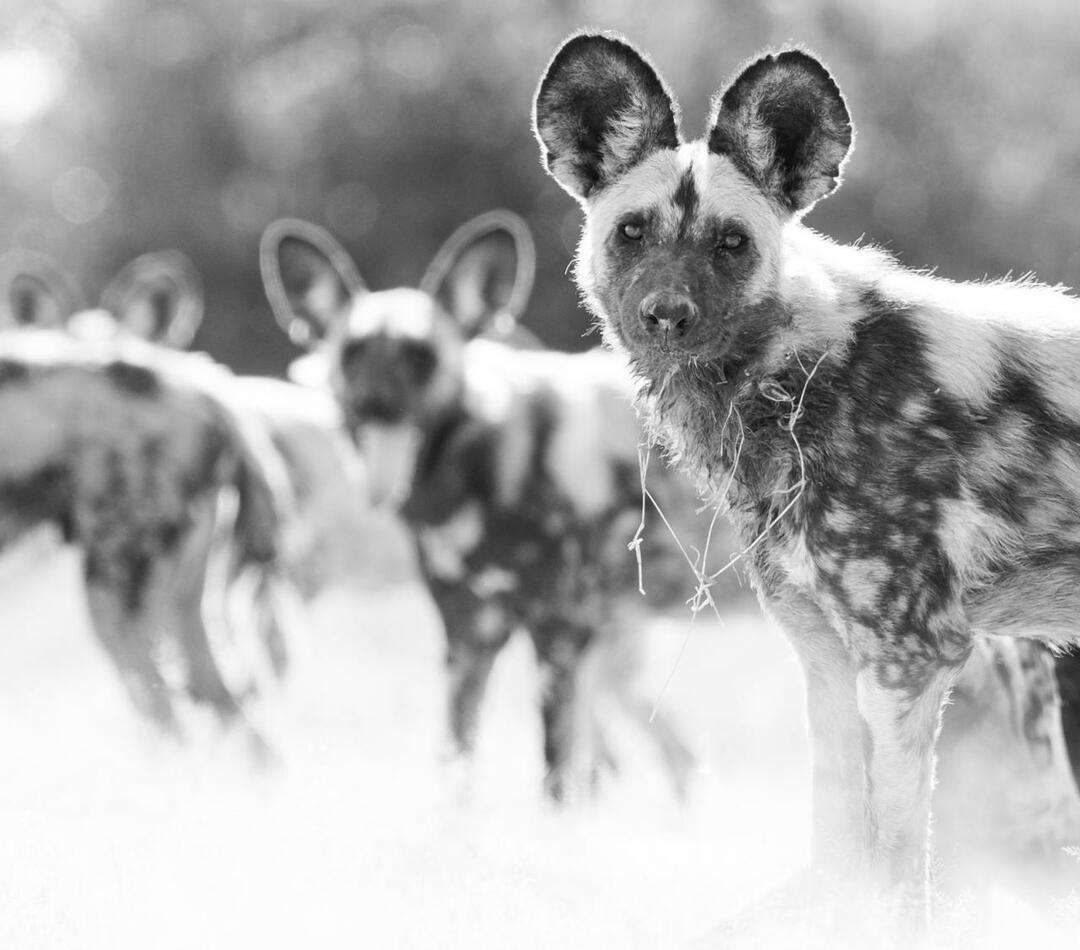
They rely heavily on their acute sense of hearing, which seems to be more important than their sense of smell. If a pack member gets separated from the group, they can communicate over great distances by ‘hoo-calling’, where they drop their muzzle close to the ground and emit this haunting sound, which can be heard several kilometers away. It also helps that they have large and flexible bat-shaped ears, which gives them a somewhat Mickey Mouse appearance. You will notice that their ears are never still, even when sleeping, all the time detecting the sounds of approaching danger or potential prey.
The Alpha Female, Mom to Many
As with the much-loved domestic dog, painted dogs and their puppies are gorgeous. Only the alpha female carries a litter for a gestation period of 69-72 days, producing 10-11 pups of around 310 grams (11oz) each. Usually, only one litter is born per year.
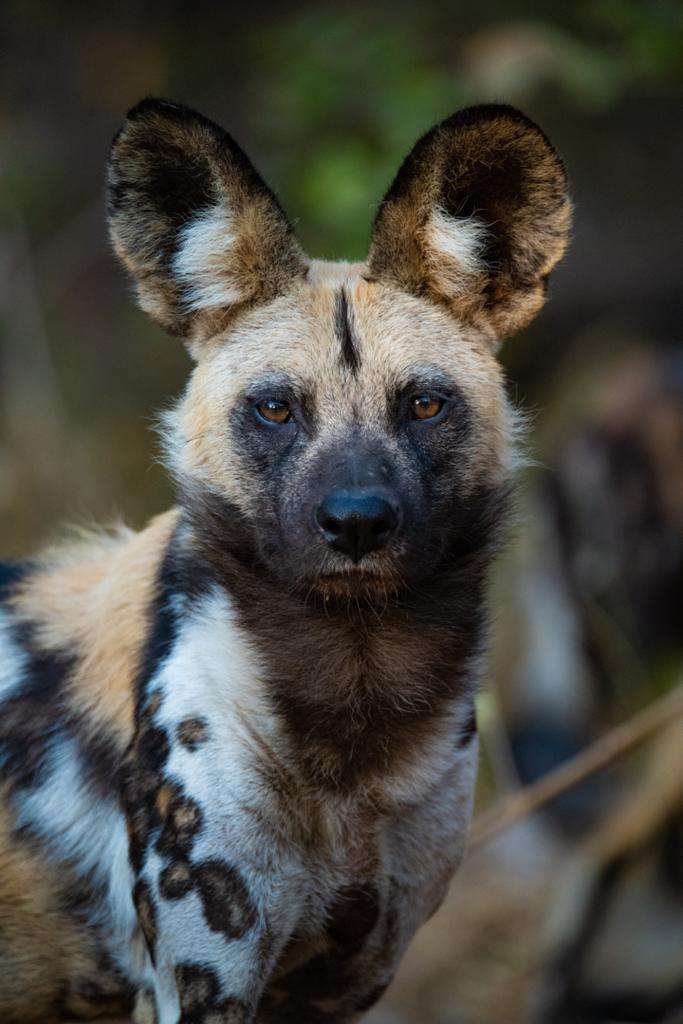
The denning period lasts about three months, but wild dogs will often move to a new den after eight weeks. This may be due to the den becoming smelly, which may attract lion and hyaena. This is also part of the pups’ education, as they get to experience a walk in the big wild world before going permanently nomadic.
The puppies are weaned at around five weeks of age and become fully-fledged pack hunters at around 12 months old, though only reaching adult status at 18 months. Same-sex siblings from one pack will eventually leave to join up with those of the opposite sex from another pack, forming a family of their own. The average life span of a wild dog is 11 years of age.
A Formidable and Fierce Pack of Hunters
African wild dogs hunt in large, co-operative packs of six to 20 or more animals. An average adult painted dog eats around 4 kg (9 lb.) of carcass per day—the equivalent of around one impala per day for a 15-strong pack.
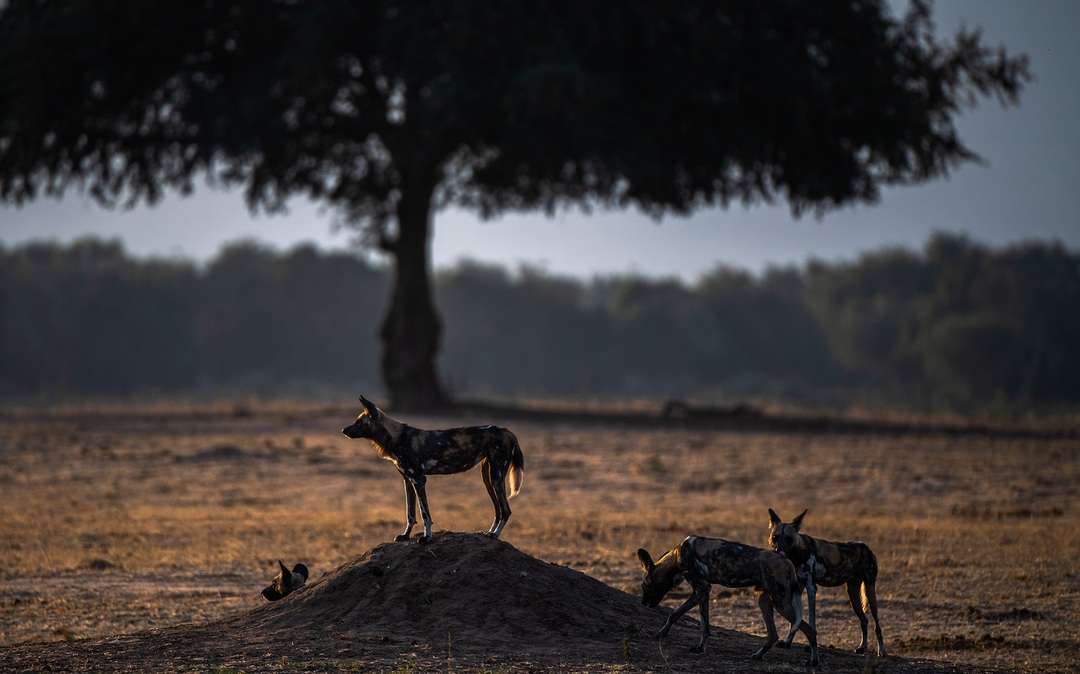
African wild dogs are among the most effective predators in the world. They use extraordinary co-operation and teamwork to pursue, overhaul and bring down their prey. As a result, up to 80% of their hunts end successfully, compared to, say, lions at 10%.
They hunt swiftly and efficiently and are mostly seen in the morning or during dusk, as well as using the light of the full moon. The pack hunts antelope by sneaking up on the herd and then running down an individual, repeatedly biting it on the legs and belly until it weakens. The wild dog can give chase for 10 to 60 minutes, running at a speed of up to 70 kilometres per hour.
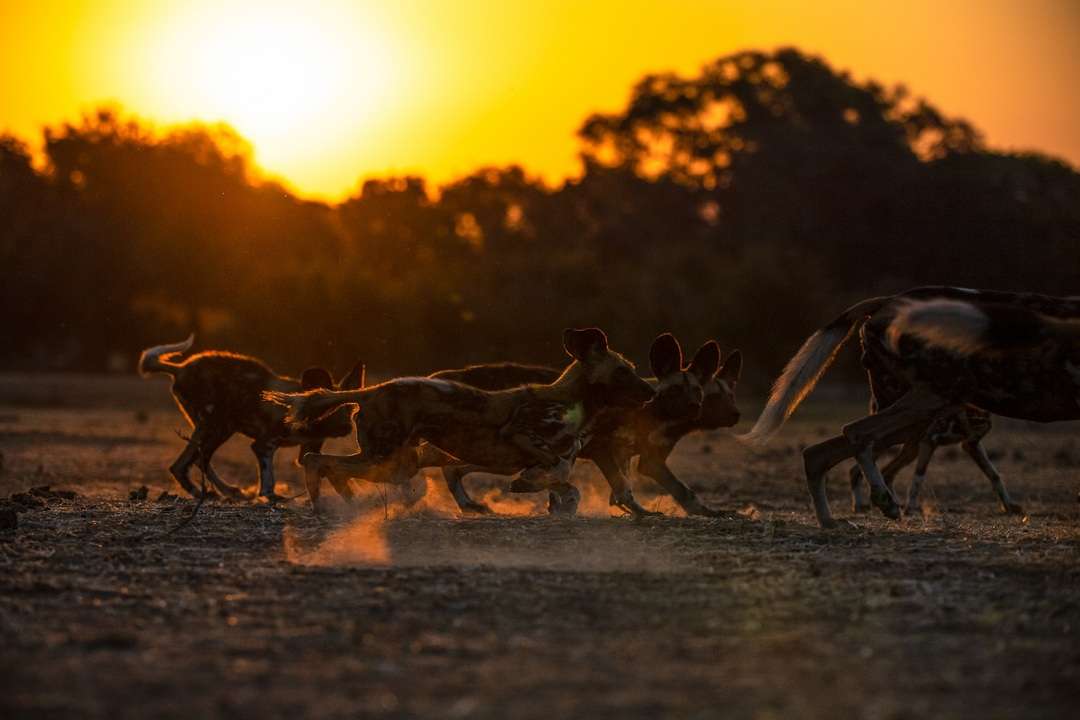
When catching its prey, the lead hunter will attempt to immobilise its victim, by grabbing its nose or ear. Next, after the rest of pack joins the hunt, the trapped animal is literally ripped apart in a few seconds. Wild dogs have specially adapted curved, blade-like lower teeth, different to other canids, to enable the quick shredding of carcasses as the risk of losing their prey to lion or hyaena is very real. Their hunting method minimizes the suffering of their prey, and spoils are shared with the whole pack. Soon after the kill, the pack will erupt into a series of high-pitched squeaks. This may be an expression of excitement, but more likely it is to alert other pack members that a meal has been secured.
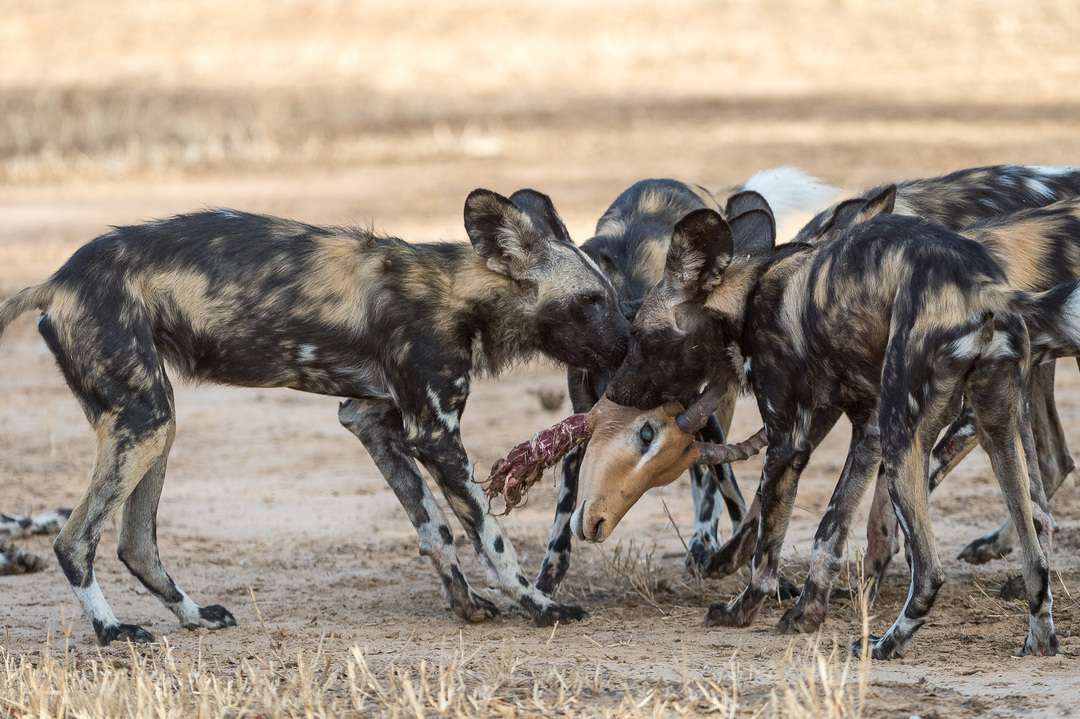
Wild dogs mostly hunt medium-sized antelope of around 50 kilograms in size. In most areas their principal prey is impala Aepyceros melampus, greater kudu Tragelaphus strepsiceros, Thomson's gazelle Eudorcas thomsonii and blue wildebeest Connochaetes taurinus. Small antelope, such as dik-dik Madoqua spp., steenbok Raphicerus campestris and duiker tribe Cephalophini are important in some areas, and warthog Phacochoerus africanus is also hunted in some populations. The dogs may supplement their diet with rodents and birds. As human settlements expand, the dogs may sometimes develop a taste for livestock, though significant damage is rare, and most dogs prefer wild prey.
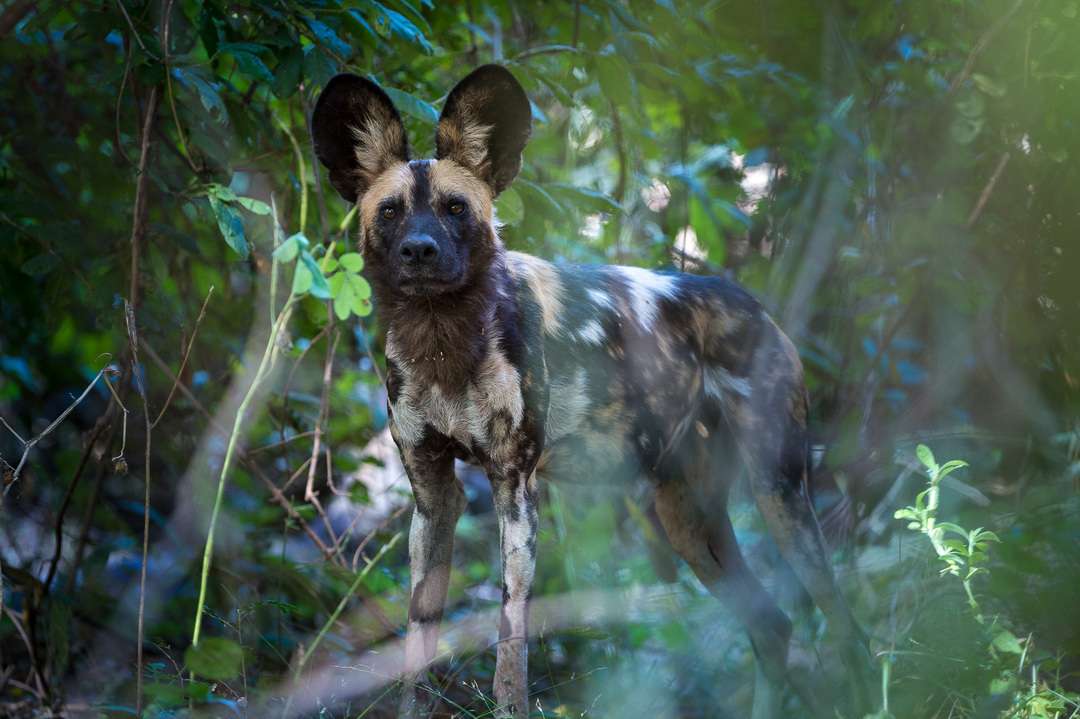
To Hunt or Not to Hunt? Let Us Vote by Sneezing…
Latest research by Walker et al. (2017) on free-ranging African wild dog packs in Botswana has revealed that the decision by a pack to get up from rest and hit the road to hunt as a collective pack is a democratic one, albeit with a twist – votes are cast by way of sneezes. Yes, those dogs that wish to participate in the vote do so by sneezing, and just like in company meetings, once a certain number (quorum) of votes has been reached (sneezes made) the pack will obey the results of the vote and move on. The sneezes act as a type of quorum, and the sneezes must reach a certain threshold before the group changes activity.
Furthermore, it appears that higher-ranking members of the pack must sneeze less often to achieve quorum. So, for example, a high-ranking pack member may have to sneeze just three times to achieve the same result as a lower ranked member that may have to sneeze 10 times.

This is a form of democracy, modified to reflect rank. Persistent lower ranking dogs can achieve the desired results if they are determined, and sneeze often enough. As such, the ‘will of the group’ may override dominant preferences when the consensus of subordinates is sufficiently great. These findings illustrate how specific behavioural mechanisms (here, sneezing) allow for negotiation (in effect, voting) that shapes decision-making in a wild, socially complex animal society.
One of The World’s Most Endangered Large Carnivores
The painted wolf is Africa’s most persecuted predator. A century ago, approximately 500 000 painted wolves roamed across 39 countries on the African continent. Today they are all but extinct in the west, and struggling in the east, with the most robust surviving populations in the southern part of the continent. Their population is currently estimated at less than 7 000 individuals in 39 distinct subpopulations, of which only 1 400 are mature individuals. They are classified as endangered on the IUCN’s Red List, and the population size is continuing to decline.
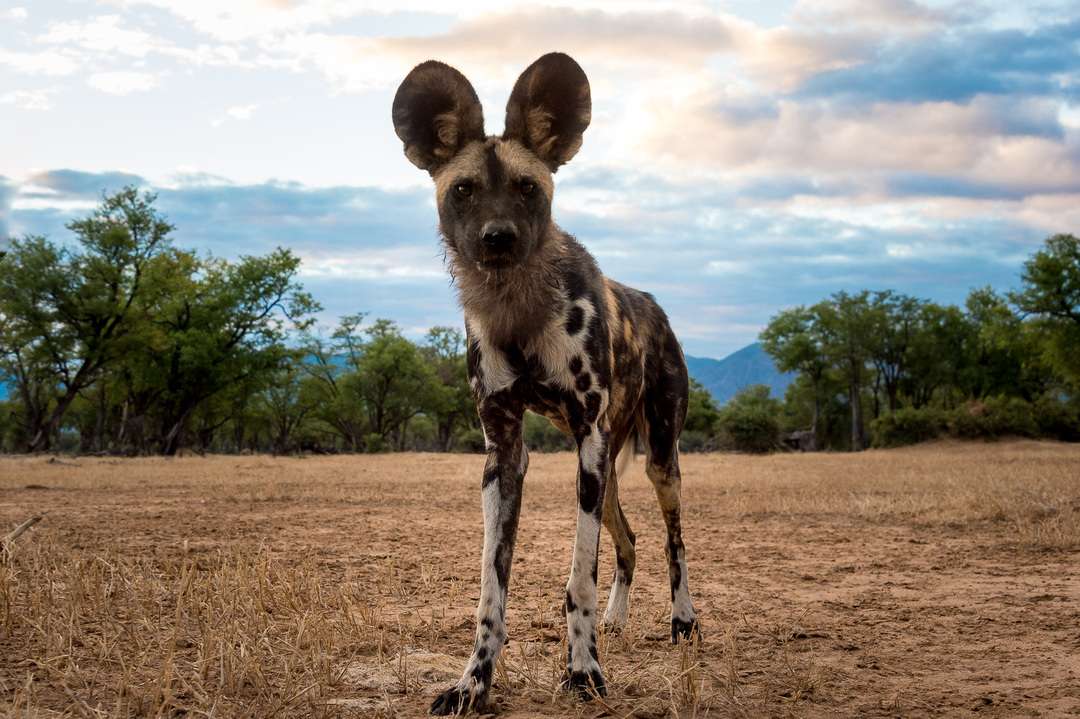
Causes of Population Decline and Principal Threats to Wild Dog Populations
The causes of African wild dogs’ decline are reasonably well understood and include extreme sensitivity to habitat fragmentation because of the species’ wide-ranging behaviour, conflict with livestock and game farmers, accidental killing by people in snares and road accidents, and infectious disease. All these causes are associated with human encroachment on African wild dog habitat and, as such, have not ceased and are unlikely to be reversible across most of the species’ historical range.
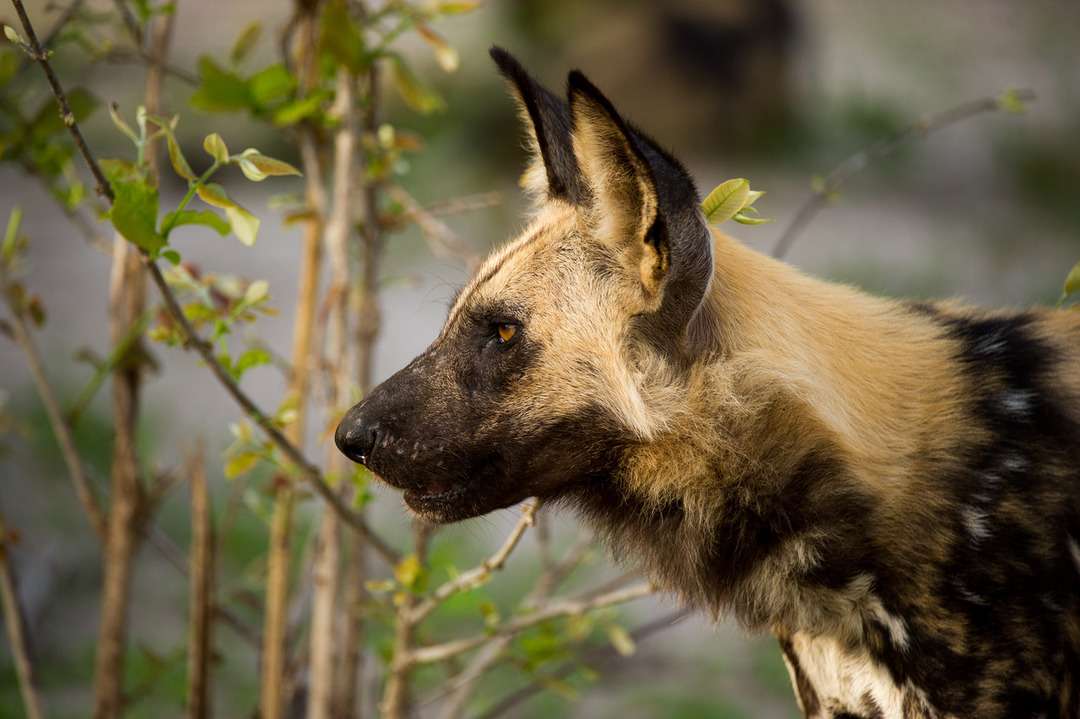
Habitat Loss and Fragmentation
The principal threat to African wild dogs is habitat fragmentation, which increases their contact with people and domestic animals, resulting in human-wildlife conflict and transmission of infectious disease. The important role played by human-induced mortality has two long-term implications. Firstly, it makes it likely that, outside protected areas, African wild dogs may be unable to coexist with increasing human populations unless land use plans and other conservation actions are implemented. Secondly, African wild dog ranging behaviour leads to a very substantial ‘edge effect’, even in large reserves. Simple geometry dictates that a reserve of 5 000 km² contains no point more than 40 km from its borders – a distance well within the range of distances travelled by a pack of African wild dogs in their usual ranging behaviour.

As human populations increase around reserve borders, the risks to African wild dogs venturing outside are also likely to increase. Under these conditions, only the largest unfenced reserves will be able to provide any level of protection for them. In South Africa, ‘predator proof’ fencing around small reserves has proved reasonably effective at keeping dogs confined to the reserve, but such fencing is not 100% effective and is unlikely to be beneficial for wildlife communities in the long-term.
Human-Wild Dog Conflict
Wild dogs are perfectly adapted to their natural environment but require vast territories to survive – much larger than most other carnivore species. This increased exposure to human contact poses numerous threats to the wild dogs’ survival.
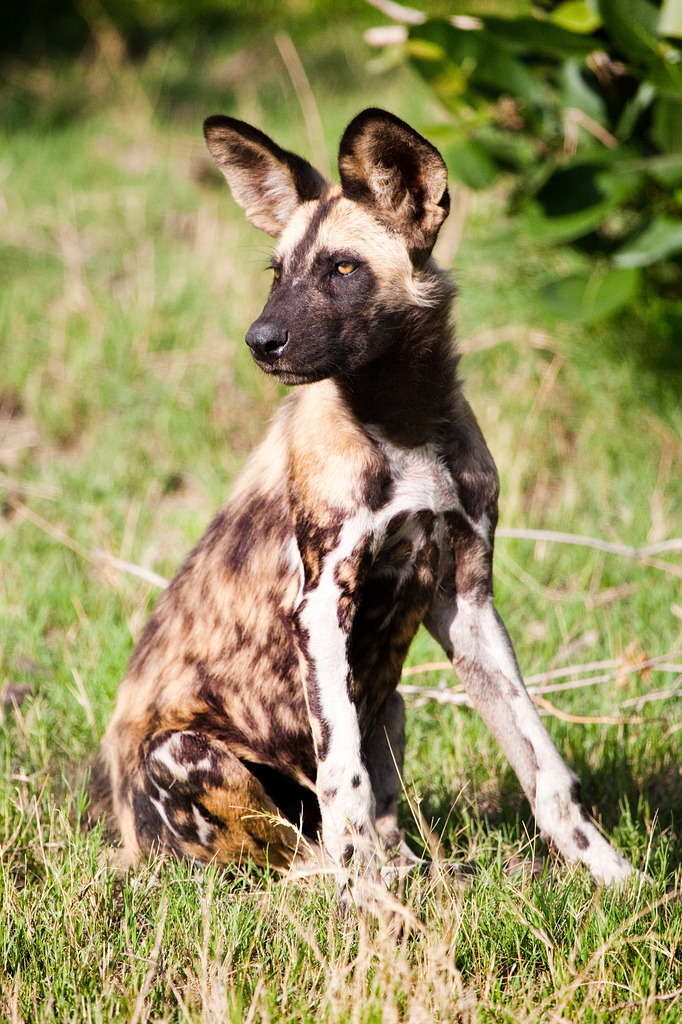
Conflicts occur when wild dogs encounter people whose livelihoods rest largely on livestock and agriculture. Unfortunately, African wild dogs are often hunted and killed by farmers who fear for their livestock. The painted dogs are also injured and killed in snares and road kills, while expanding human settlement reduces suitable habitat for them and their prey. Snares used for poaching are one of the key threats facing painted dogs today. Painted dogs are particularly vulnerable because they cover relatively huge distances each day compared to most species, and consequently encounter many more snares.
Human ignorance and misinformation are perhaps the biggest issues facing the painted dog population as local landowners believe them to be dangerous, numerous, wanton, and indiscriminate pack hunters, and thus best removed from their land.
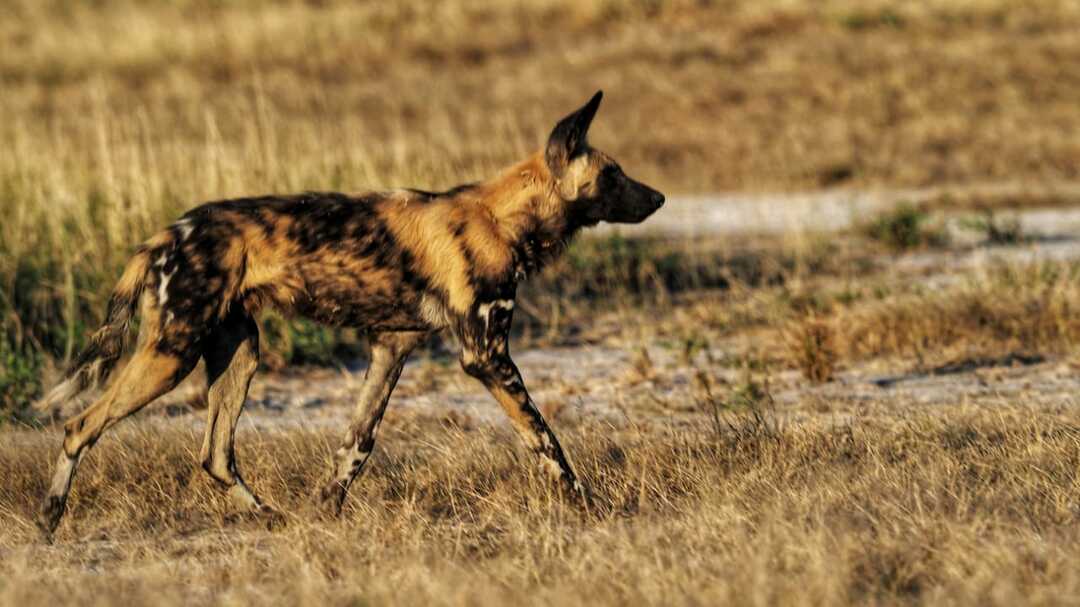
Viral Diseases
African wild dogs are susceptible to most of the same diseases as domestic dogs and contact with human settlements exposes them to infectious diseases such as canine distemper and parvovirus. This has recently led to major population crashes in several locations. Rabies has been a major factor in recent local extinctions and infection from domestic dogs remains a huge risk. Rabies has wiped out the entire wild dog population that once inhabited the Serengeti and poses a major threat elsewhere. Canine distemper and anthrax are also threatening wild dog survival.
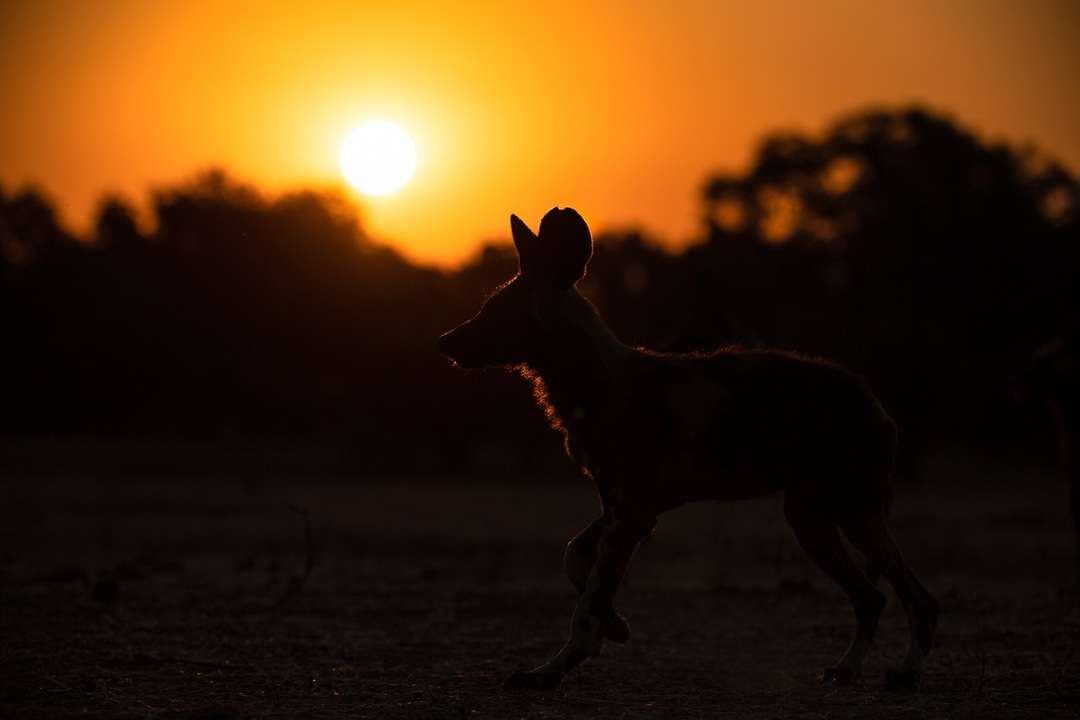
Competition with Other Predators
Even in large, well-protected reserves, or in stable populations remaining largely independent of protected areas (as in northern Botswana), African wild dogs live at low population densities. Predation by lions, and perhaps competition with spotted hyaenas, contribute to keeping population numbers below the level that their prey base could support. Spotted hyaenas are responsible for raiding dens and killing pups that stray too far away from the pack, probably to limit future competition. These scavengers will also often attempt to steal a kill from the pack.
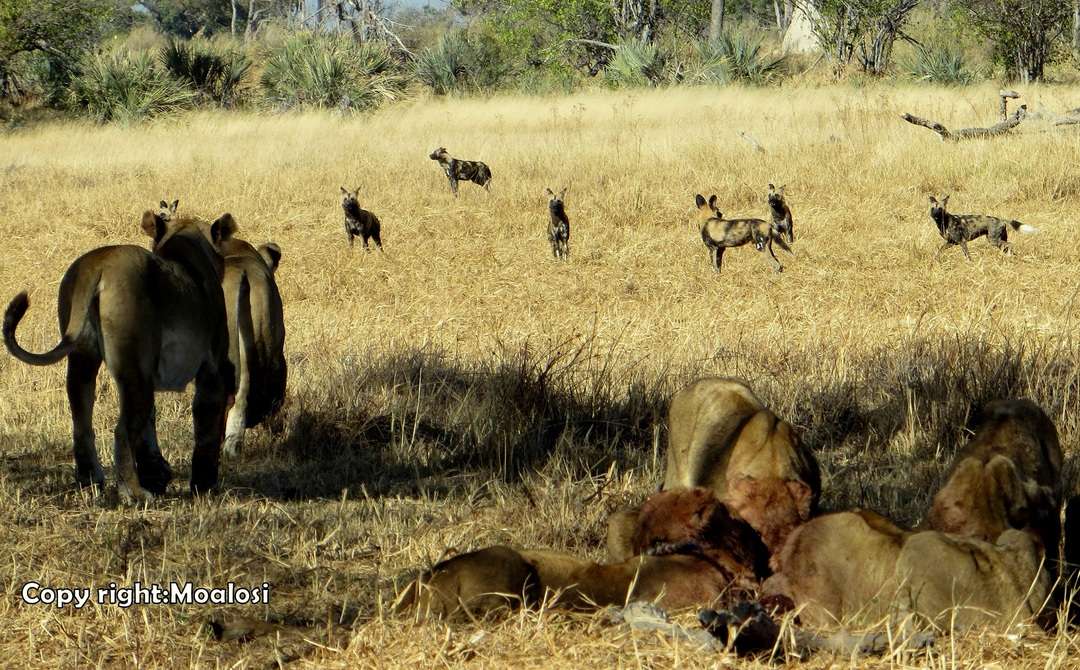
Such small populations are vulnerable to extinction. ‘Catastrophic’ events such as outbreaks of epidemic disease may drive them to extinction when larger populations have a greater probability of recovery – such an event seems to have led to the local extinction of the small African wild dog population in the Serengeti ecosystem on the Kenya-Tanzania border. Problems of small population size will be exacerbated if, as seems likely, small populations occur in small reserves or habitat patches. As discussed above, animals inhabiting such areas suffer a strong ‘edge effect’. Thus, small populations might be expected to suffer disproportionately high mortality because of their contact with humans and human activity.
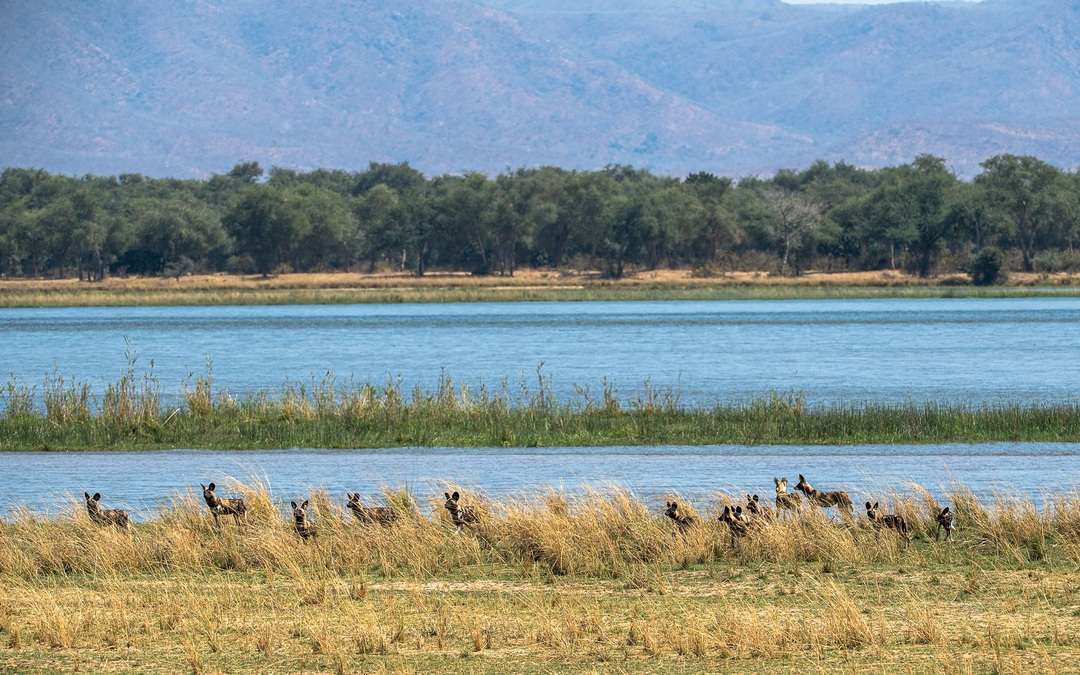
Hope for the Species in Africa
The Painted Wolf Foundation aims to raise awareness about this much-threatened and ignored species and support other organisations that conserve this enigmatic species in the field. The foundation ultimately aims to raise awareness about the painted wolf worldwide, increase its support base, elevate the profile of all organisations working to conserve them, raise funds for field-based research and conservation, encourage best practices and support painted wolf campaigns worldwide.

The world of African wild dog conservation is multi-faceted, and not all these approaches are obvious. A full ‘toolbox’ is required to respond to diverse problems and contexts. These tools include habitat protection, biological management, monitoring and research, rehabilitation, education, raising awareness, anti-poaching and community partnerships.
Collaborating for Conservation: Wilderness Zimbabwe and Painted Dog Conservation
Wilderness Zimbabwe has partnered with Painted Dog Conservation in this country, to help drive the conservation of wild dog, especially in Mana Pools and Hwange national parks. Painted Dog Conservation (PDC) has put together a long-term conservation model to make a significant difference to the painted dog population in Zimbabwe, and to save the species through action and education. PDC employs more than 60 people from the local villages to run their conservation programs and education and outreach programs. These efforts include an anti-poaching unit, which patrols local areas daily to provide a direct form of protection for the dogs, as well as a rehabilitation facility where they treat injured and orphaned dogs before returning them to the wild. PDC monitors more than six packs of painted dogs daily across Hwange National Park and four packs in Mana Pools and the Mid-Zambezi Region.
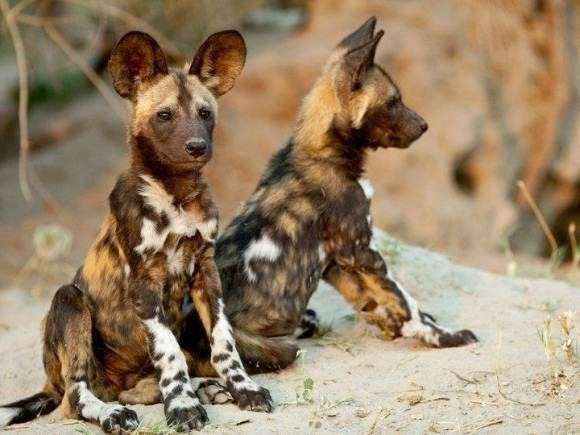
In 2010 there were around 100 painted dogs in Mana Pools. That number has dwindled to as few as 20. Pressure from other predators, poor soils for denning, inbreeding and increased human disturbance from tourism activities could be among the reasons for this alarming decline in their numbers. Sir David Attenborough’s 2018 series ‘Dynasties’ explores the life of a painted wolf named Tait, the matriarch in Mana Pools National Park. The series focuses on the strength and protection but also power struggles within a family, and how this relates to their external fight for survival. Here, this beloved species is shown in a different light – challenges of a dwindling environment, rival predators, politics within the lineage and human impact. The story shows the other side to these animals – they are complex, charming and in need of space to flourish.
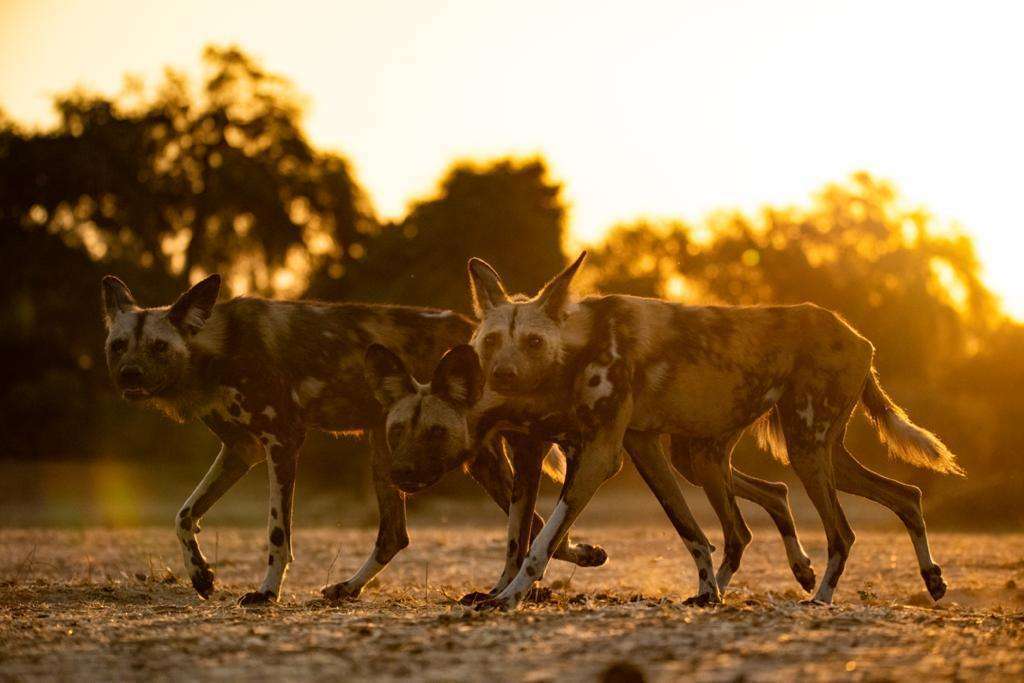
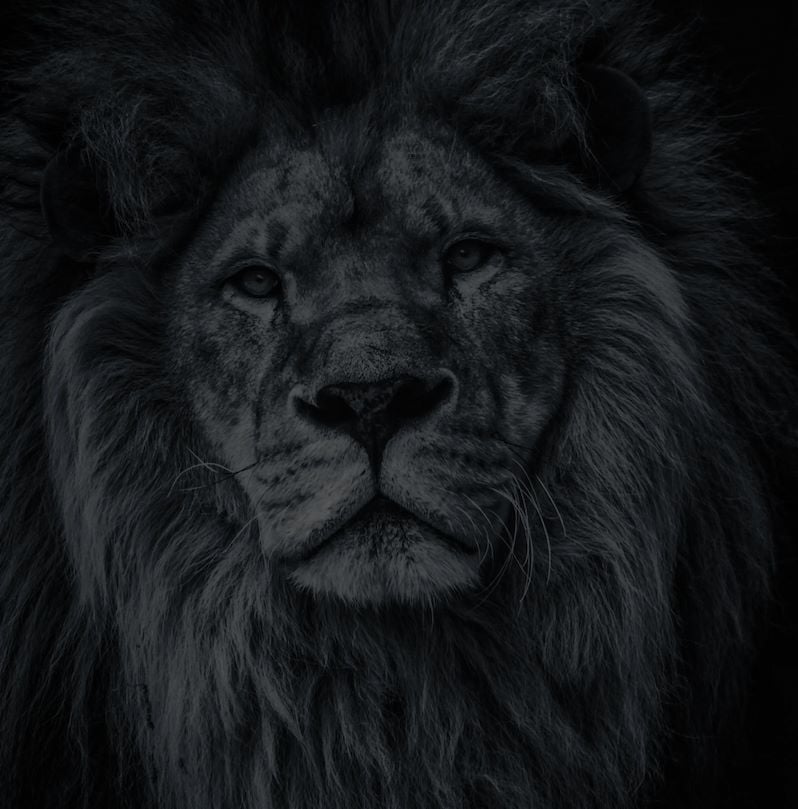
Let’s plan your next journey
Ready?
When we say we’re there every step of the way, we mean it, literally. From planning the perfect circuit, to private inter-camp transfers on Wilderness Air, and easing you through Customs. We’re with you on the ground, at your side, 24-7, from start to finish. Ready to take the road less travelled? Contact our Travel Designers to plan an unforgettable journey.